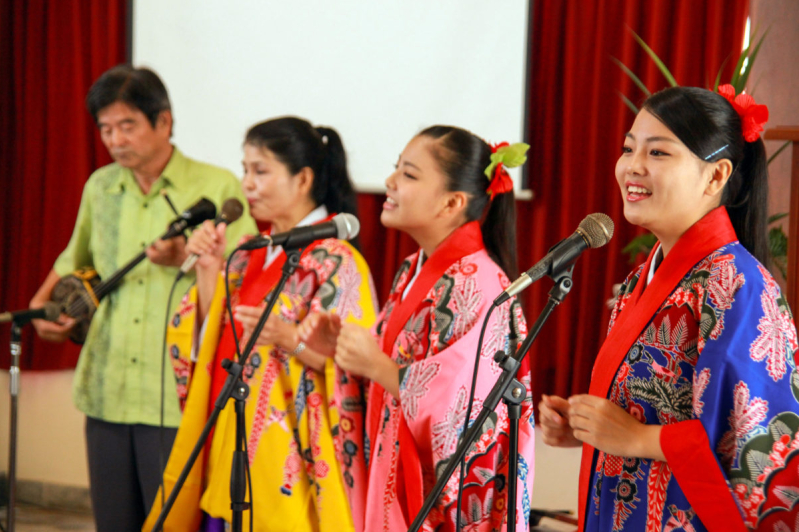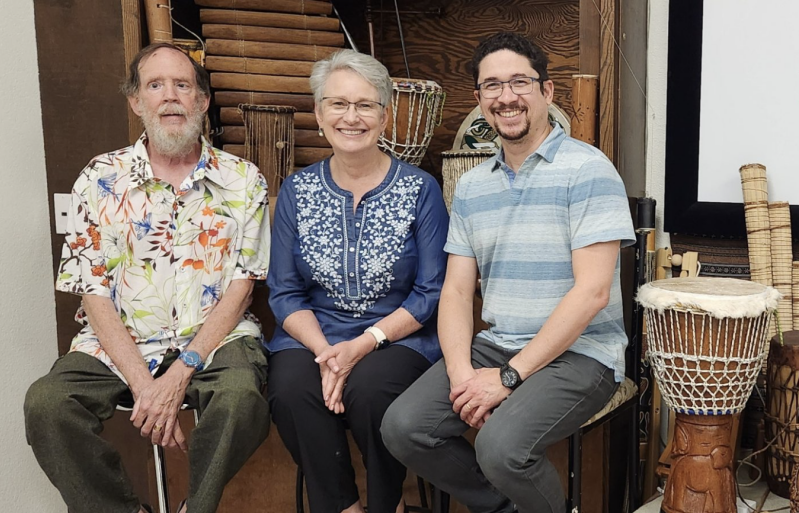
The Global Ethnodoxology Network (GEN) has appointed Brazilian musician and ethnomusicologist Héber Negrão as its new president, marking a significant leadership transition that reflects the rising influence of Global South perspectives in missions and theology. In an extended interview with Christian Daily International, Negrão shared how his calling to missions emerged through music, what ethnodoxology means in practice, and why culturally-rooted artistic expression is essential to a vibrant global Church.
Negrão’s journey into ethnodoxology began with a personal dilemma during his years at a music conservatory in his hometown in Brazil. As he trained in violin, he began to sense God’s call to missions—but struggled to see how his musical skills could fit that calling. “I was studying violin at the music conservatory in my hometown, and I wondered, ‘What can I do with this if I’m going to be a missionary? The violin doesn’t seem very useful,’” he said.
That sense of uncertainty was resolved when God opened his eyes through a Wycliffe prayer guide, which introduced him to the concept of ethnomusicology.
“One day, I read a section about the work of ethnomusicologists. It was a strange and funny word to me at the time. But the article said these people help others worship God using their own music—the music God gave them. And I thought, ‘Wow, that’s really interesting.’ God used that reading to give me a deep conviction that this was how He wanted to use me in missions,” he said.
With limited academic options in Brazil at the time, Negrão pursued a bachelor’s degree in music education before enrolling in a master’s program in ethnomusicology. He also connected with Tom Avery, a former Wycliffe anthropologist who had served in Brazil and became a mentor during his early years.
That same year, in 2006, Negrão was invited to speak at the Global Consultation on Music and Missions (GCoMM) in the U.S. “That was the first year of my master’s degree and also my first experience meeting so many people working with ethnomusicology in a missions context,” he said. “It was a very strategic year for me.”

At that conference, he also met Robin Harris, a co-founder of the International Council of Ethnodoxologists—GEN’s original name—who invited him to join as an international scholar. “That was my first real connection to the world of ethnodoxology,” Negrão said. “At that point, I didn’t have much practical experience—I was just starting my studies—but the people in that network helped me understand the context and gave me a lot of support.”
Ethnodoxology, according to GEN’s website, is “the interdisciplinary study of how Christians in every culture engage with God and the world through their own artistic expressions.” While the definition may sound academic, Negrão emphasized its practical relevance. “We call it multidisciplinary because it’s not just about music or ethnomusicology,” he explained. “We draw on anthropology, worship studies, sociology, and the arts. It’s like a Swiss army knife of disciplines that contribute to the same goal.”
GEN was founded in 2003 to build a community among people using ethnomusicology in mission. Harris, who had been serving in Siberia, felt isolated and wanted to create a network beyond the formal structures of organizations like SIL and Wycliffe.
“Besides building community, GEN also exists to provide resources, training, and networking for people working in ethnodoxology,” Negrão said.
He explained that GEN now offers over 300 resources exclusively for members, along with publications such as Worship and Mission for the Global Church, described as “an ethnodoxology handbook,” and Creating Local Arts Together, “a manual to help people understand a community’s arts and use them to reach kingdom goals.”
GEN’s training includes the widely-used Arts for a Better Future workshop, now taught in many countries. “We use Creating Local Arts Together as a core resource in that training,” Negrão said. “And even if someone isn’t a GEN member, they can still access our newsletter and join the training.”
When asked for concrete examples of ethnodoxology in practice, Negrão pointed to both worship and community transformation. One story came from South Africa. “There was a church where the women’s choir went up to sing a hymn. But they used their own traditional music style to deliver a very important message to the congregation,” he said. “They sang, ‘Men, stop beating your wives—this does not please God.’ It was a powerful message delivered in a culturally appropriate way.”
Another example came from his own fieldwork in an indigenous Brazilian village. “The missionaries there asked if I could do something not only for the church, but also for the school,” he said. After speaking with local teachers, he learned that children didn’t understand why they needed to brush their teeth. “So we composed a short song in the community’s musical style encouraging them to brush their teeth after meals. It was a health message, but in a way that connected with their culture.”
Whether in evangelism, literacy, or public health, Negrão sees artistic expression as an indispensable medium of communication and discipleship. “You can use local festivals, drama, or storytelling to retell biblical stories or teach how people should live in a given situation,” he said. “Local arts can be used for so many purposes—worship, evangelism, discipleship, education, literacy.”
He also believes the Global South is poised to shape the future of ethnodoxology in profound ways. “In Western societies, especially in cities, art is often seen as something just for fun, something optional,” he said. “But in many non-Western cultures, the arts are deeply important. They’re often the main way to communicate serious messages.”
That cultural orientation makes Global South practitioners particularly receptive to ethnodoxology’s principles. “Global South ethnodoxologists bring an understanding of the central role that arts play in their culture,” he said. “They can also encourage others to use arts more fully in their ministry.”
Another contribution, he said, is the sense of ownership. “Even though ethnodoxology as a strategy started in the Global North, it’s different from other missionary approaches. It’s culturally relevant,” he said. “So, when Global South leaders take ownership of it, they can say, ‘This isn’t just something someone from the North taught me—this is mine. This is who I am, and this is how I serve the Kingdom.’
GEN seeks to reflect these global perspectives in its structure. “Our board includes members from Brazil, South Korea, Venezuela, and the United States,” he said. “And we have a Global Advisory Council made up entirely of leaders from the Global South—people from Benin, Cameroon, Costa Rica, Colombia, India, Jamaica, and other countries.”
Looking ahead, Negrão expressed a hope that ethnodoxology would become a standard framework for how churches engage with local arts. “I hope ethnodoxology will be understood and recognized around the world as a good—and actually crucial—approach to engaging with local arts,” he said.
He added that the goal is not to institutionalize the term but to spread the practice. “We use the name ethnodoxology because we needed to call it something. But I know there are churches and mission groups out there practicing ethnodoxology even if they’ve never heard the term,” he said. “What matters is that local communities embrace their own arts to worship God. Whether they call it ethnodoxology or not isn’t the point.”
He also hopes for greater awareness and application in the Global South church. “They need to know they’re allowed to use their own arts in church ministry,” he said. “This is what God gave them—these are the beautiful parts of their culture. And just like the Garden of Eden had many good trees, it also had one forbidden one. So communities need to decide which artistic expressions honor God and which don’t.”
Ultimately, Negrão sees ethnodoxology not as a matter of performance, but of incarnation—meeting people within their own cultural expressions and helping them engage with God through the arts He has already given them. “People around the world need to understand how relevant ethnodoxology is for the Church,” he said. “And I want it to become the natural, go-to approach—whether in seminary classes, short-term mission trips, or even international congresses.”
As he steps into his new role, Negrão envisions GEN as a network that serves the global Church by helping communities rediscover and embrace the artistic gifts already embedded in their cultures.
“I do hope GEN can serve as a tool to help people discover what God has already placed in their communities,” he said.





